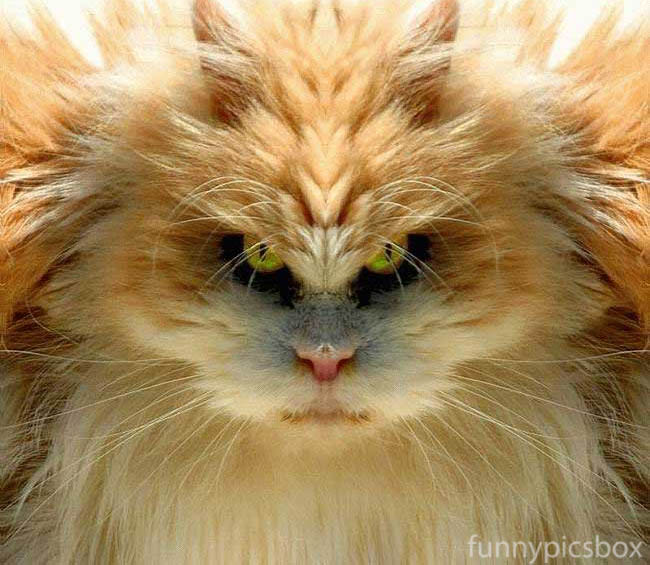
Cat litter and litter boxes play an essential role in the lives of both felines and their owners. From the modest beginnings of sand and soil to the innovative improvements these days, the world of cat litter has actually evolved significantly. In this extensive guide, we explore every aspect of cat litter and litter boxes, exploring their history, types, benefits, difficulties, and everything in between.
The history of cat litter dates back centuries, with ancient civilizations using sand, soil, and even ashes as primitive litter materials. However, it wasn't up until the mid-20th century that contemporary cat litter as we understand it emerged. In 1947, Edward Lowe presented the world's first industrial cat litter made from absorbent clay, reinventing the method felines relieved themselves inside your home. Considering that then, cat litter has actually gone through various changes, with the introduction of clumping litter, silica gel litter, naturally degradable choices, and more.
Today, cat owners are spoiled for choice when it comes to picking the ideal litter for their feline buddies. Standard clay litter stays popular for its cost and effectiveness in absorbing odors. Clumping litter, which forms strong clumps when wet, streamlines cleaning and maintenance. Silica gel litter, composed of extremely absorbent silica crystals, uses remarkable smell control and longevity. Biodegradable options, such as recycled paper, wood pellets, corn, and wheat, interest ecologically mindful consumers.
Each type of cat litter uses special advantages. Clay litter excels in its capability to soak up moisture and control odors, making it a dependable choice for lots of feline owners. Clumping litter simplifies daily scooping and extends the time in between complete litter changes. Silica gel litter supplies remarkable odor control and can last longer in between replacements. Naturally degradable litters offer a sustainable option that lessens environmental effect.
While cat litter improves indoor feline hygiene, it is not without its obstacles. Dust from clay litter can present respiratory threats for both cats and human beings, prompting the popularity of dust-free options. Some cats might develop litter box hostility due to problems with texture, scent, or tidiness, requiring experimentation with various litters and box setups. Multi-cat households might need strategic litter box positioning and frequent maintenance to avoid territorial disputes and ensure all felines have access to clean centers.
Choosing the proper litter box is vital for promoting positive litter box practices and overall feline well-being. Aspects to consider consist of size, ease of access, and style preferences. Covered litter boxes offer personal privacy and help consist of odors, however some felines may discover them confining or daunting. Open-top litter boxes offer easy access and presence but might lead to more litter scatter. Automatic self-cleaning litter boxes improve upkeep but require cat litter box furniture routine monitoring and upkeep.
Correct litter box upkeep is crucial for guaranteeing a tidy and welcoming environment for both cats and their owners. Daily scooping eliminates waste quickly, decreasing odor and preventing litter box aversion. Routine litter replacement, typically every 1-2 weeks, prevents bacterial accumulation and keeps ideal absorbency. Extensive cleaning with mild cleaning agent and water, avoiding severe chemicals that might prevent felines from utilizing the box, ought to be carried out monthly.
Cat litter and litter boxes play a central role in promoting a healthy and unified relationship between cat litter tray cats and their human companions. With a varied array of cat litter box with lid litter choices and litter box styles available, cat owners have the flexibility to tailor their choices to suit their felines' choices and household requirements. By comprehending the advancement, types, advantages, and challenges of cat litter and litter boxes, pet owners can offer their feline pals with a comfy and sanitary indoor environment.